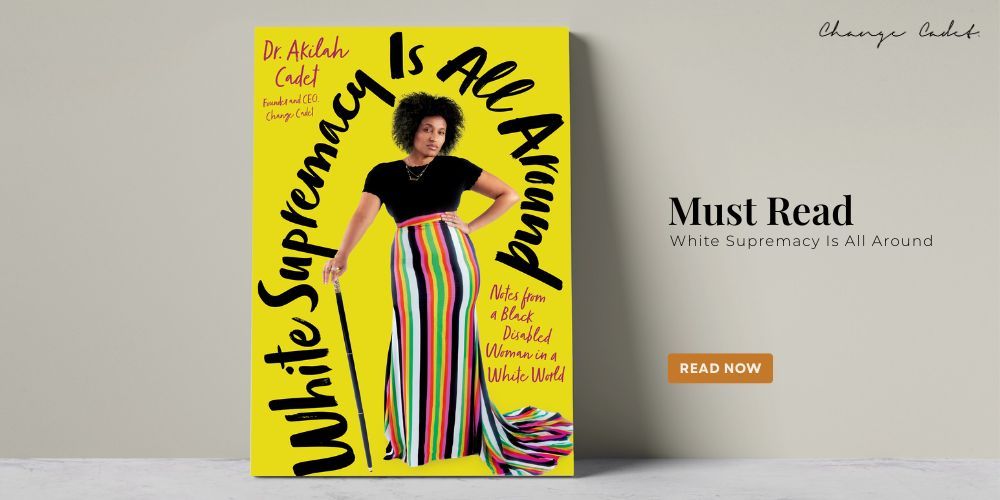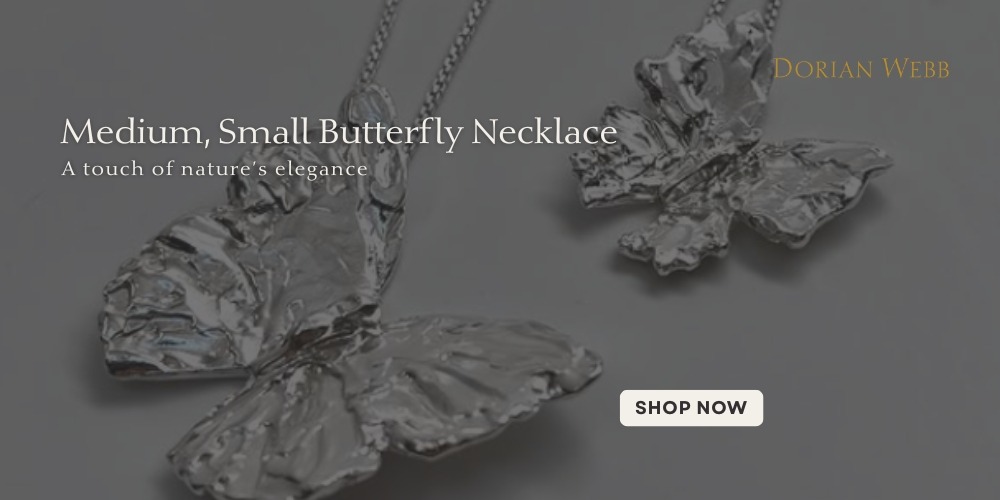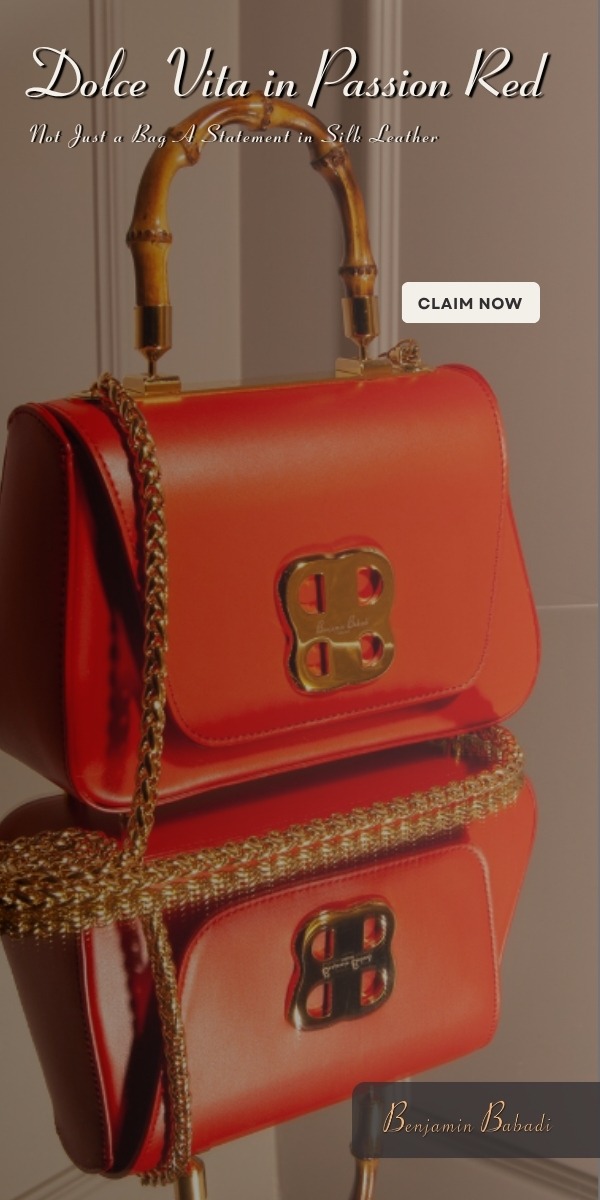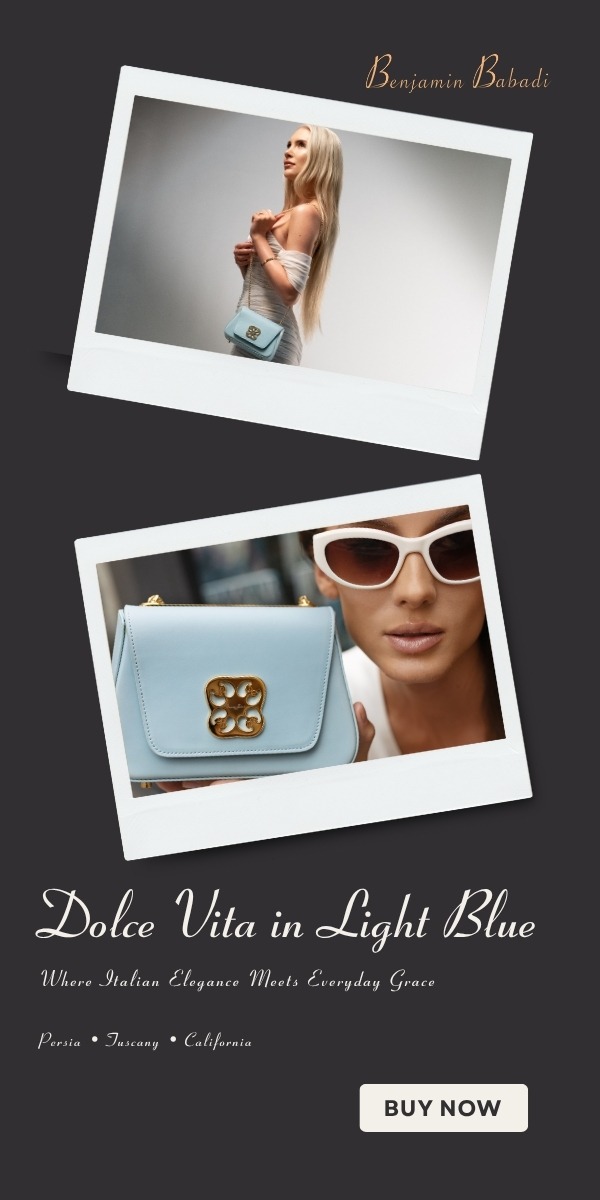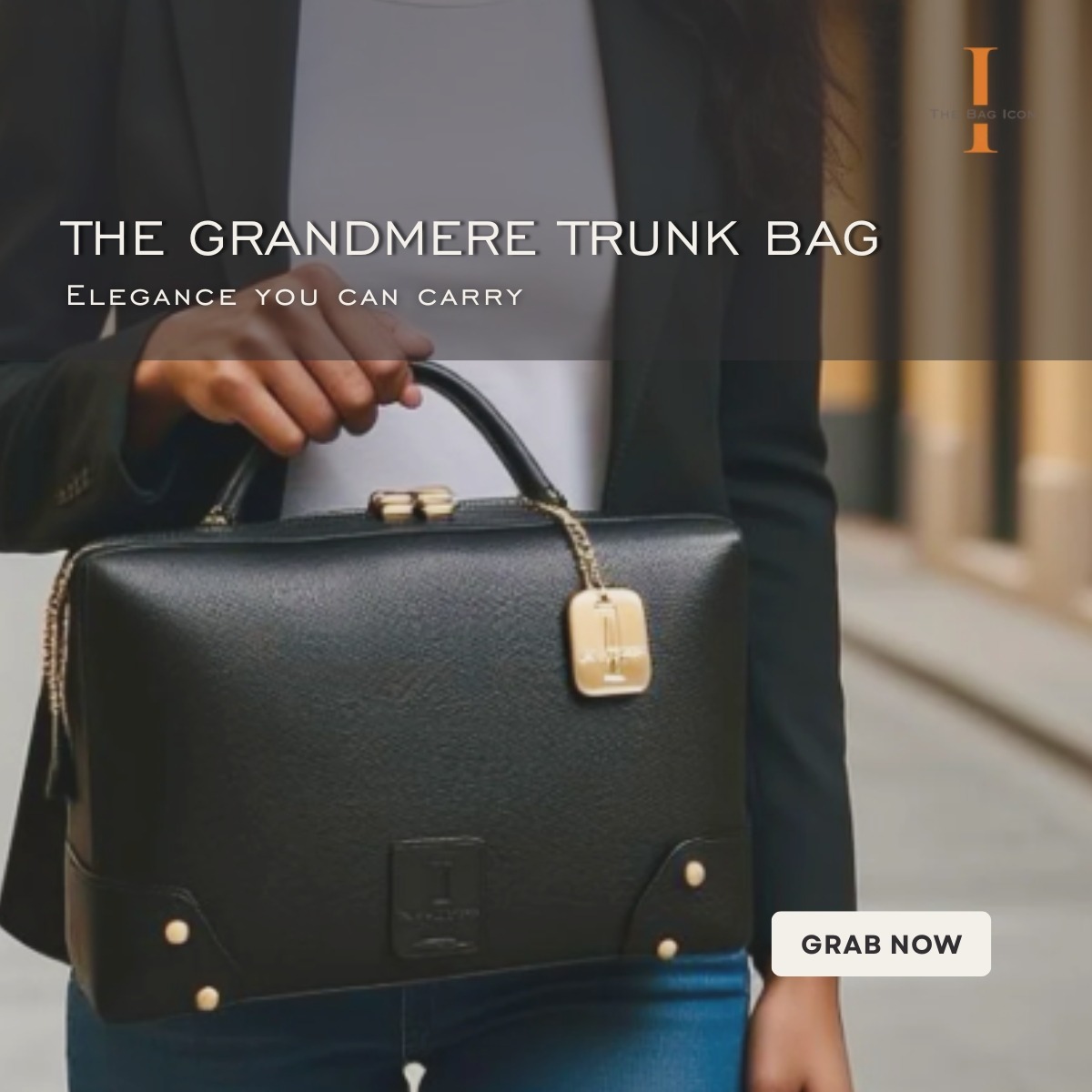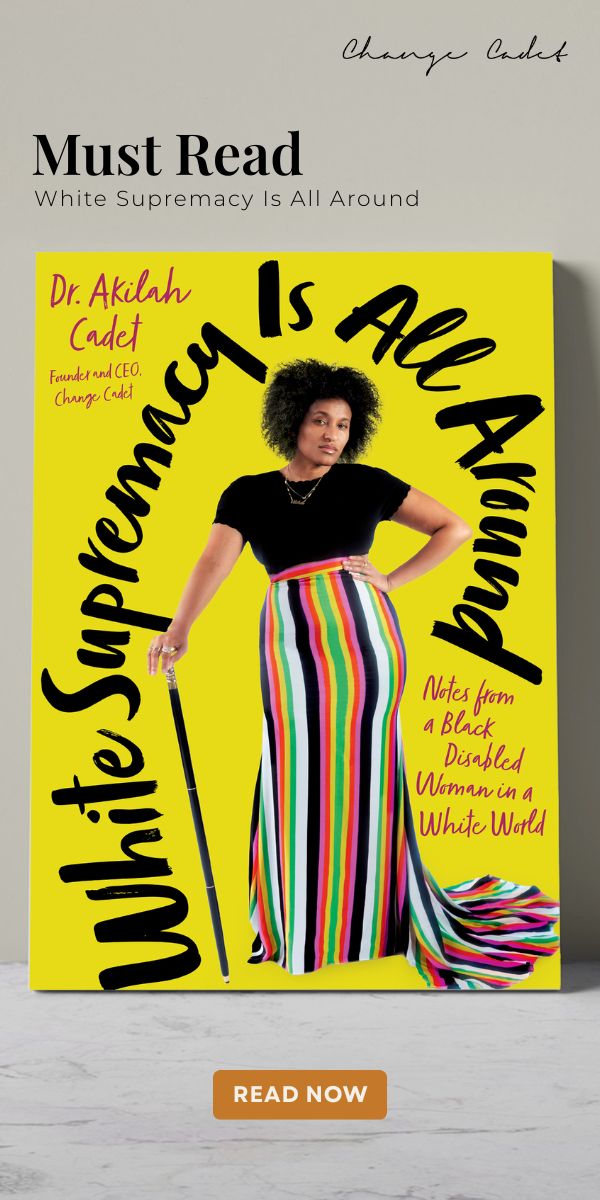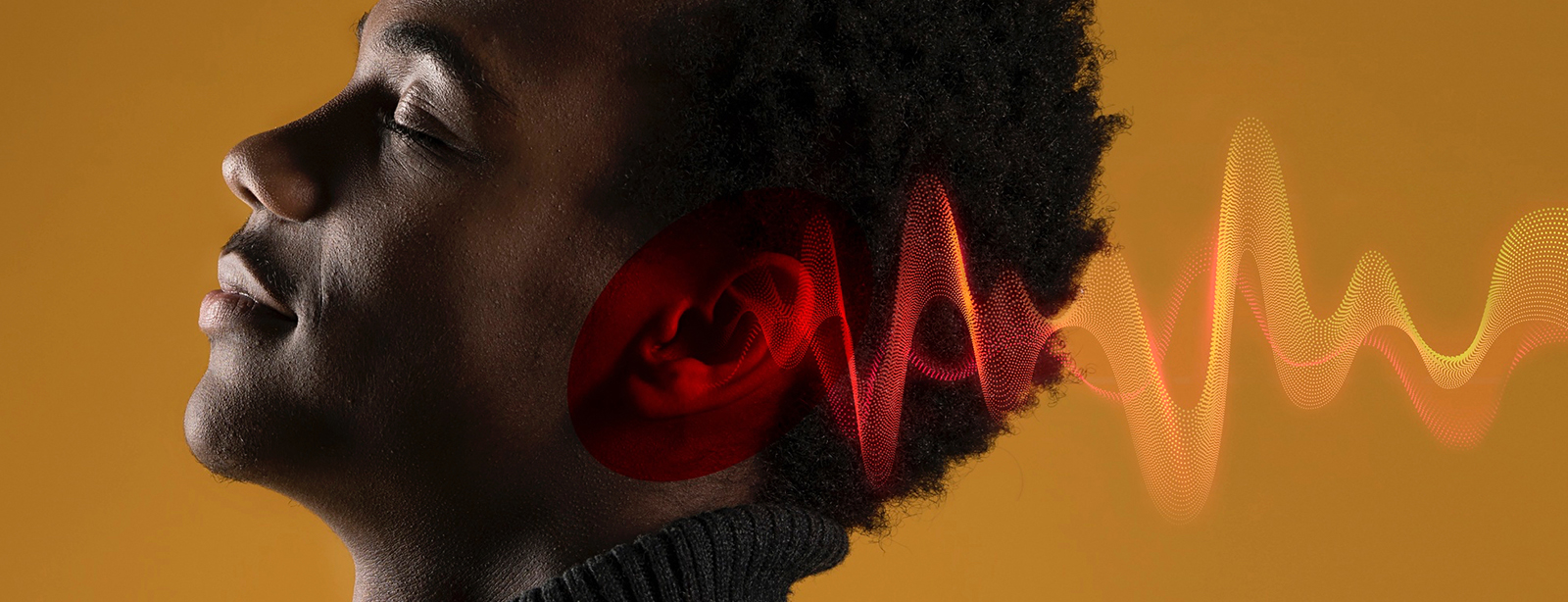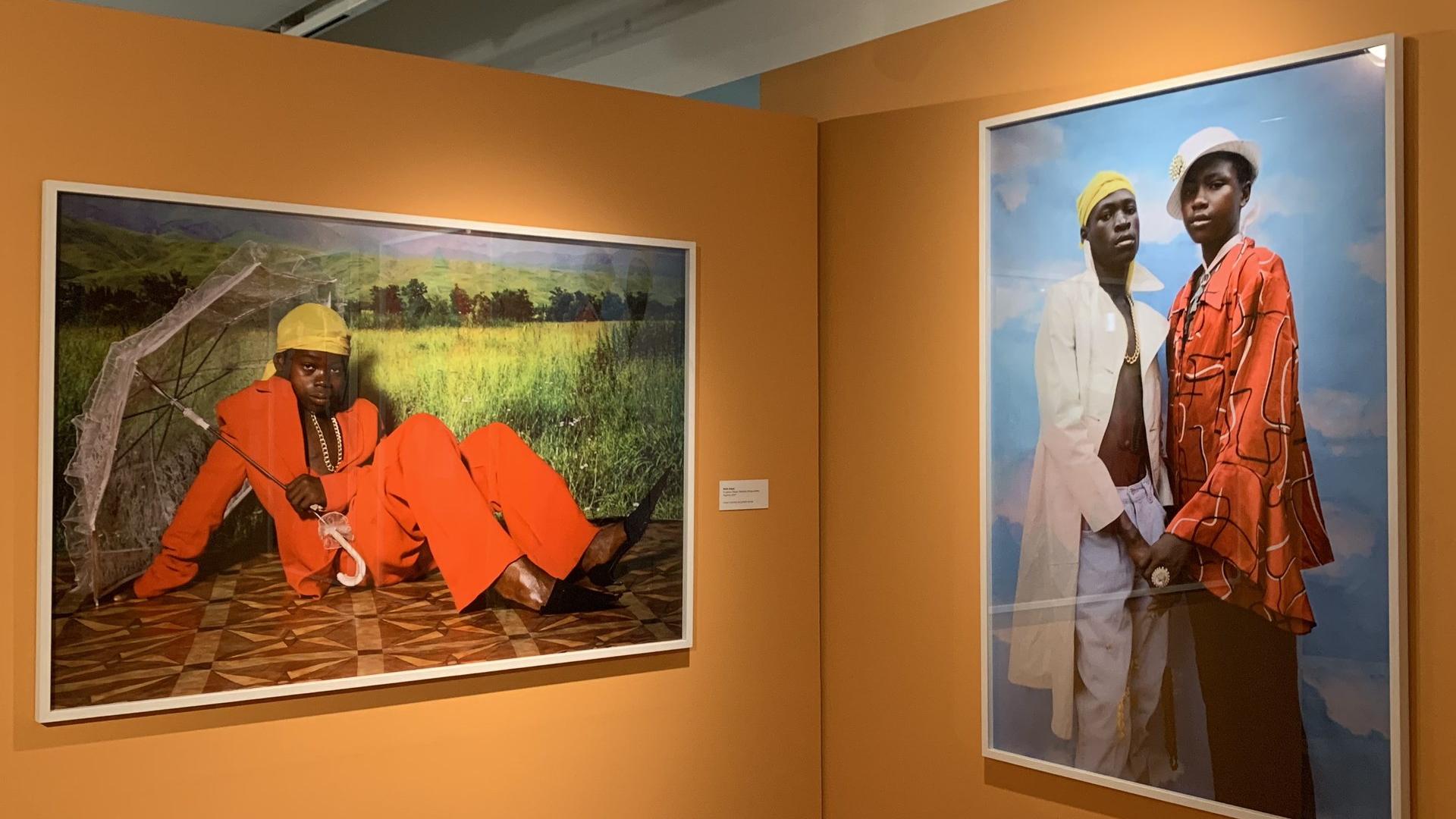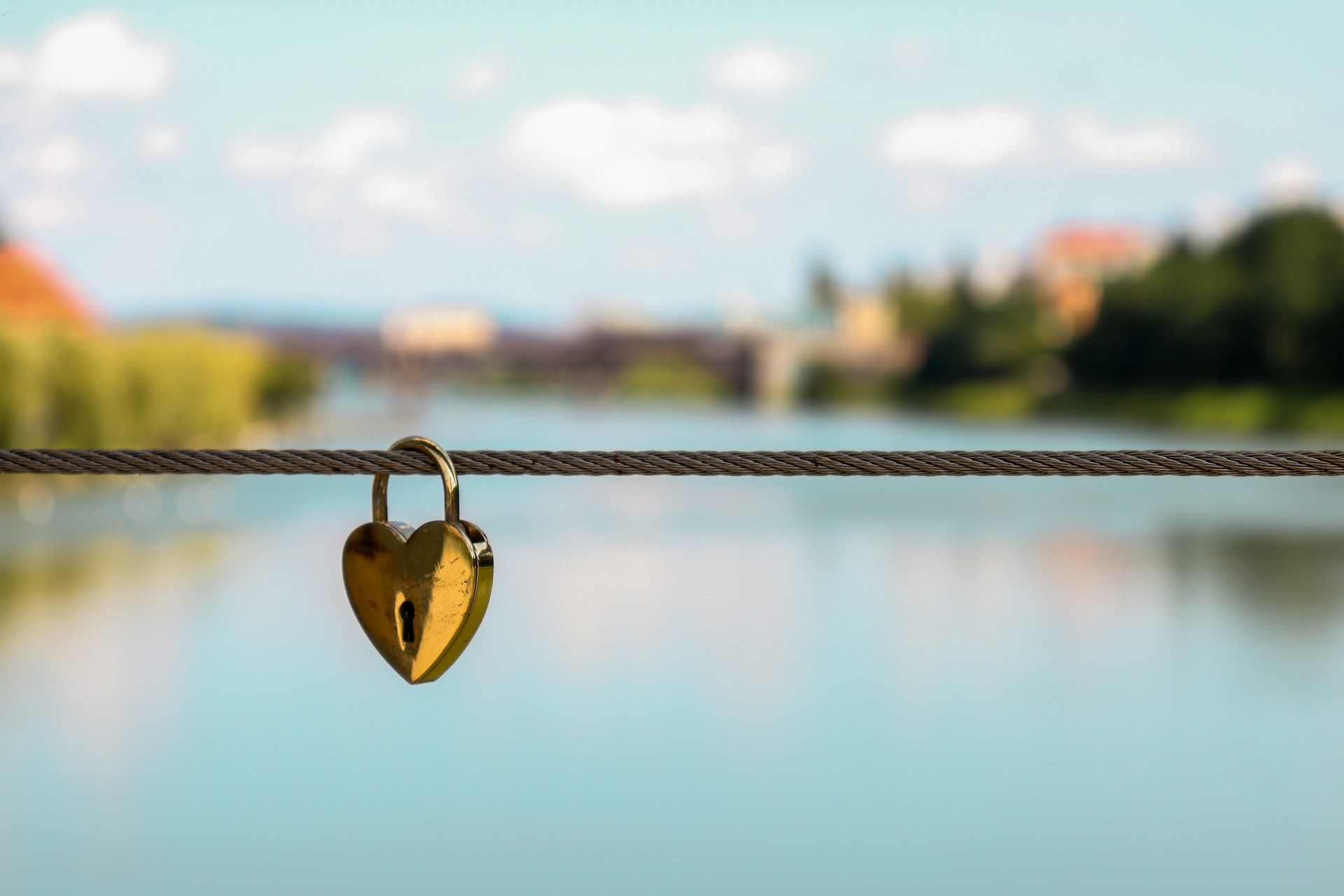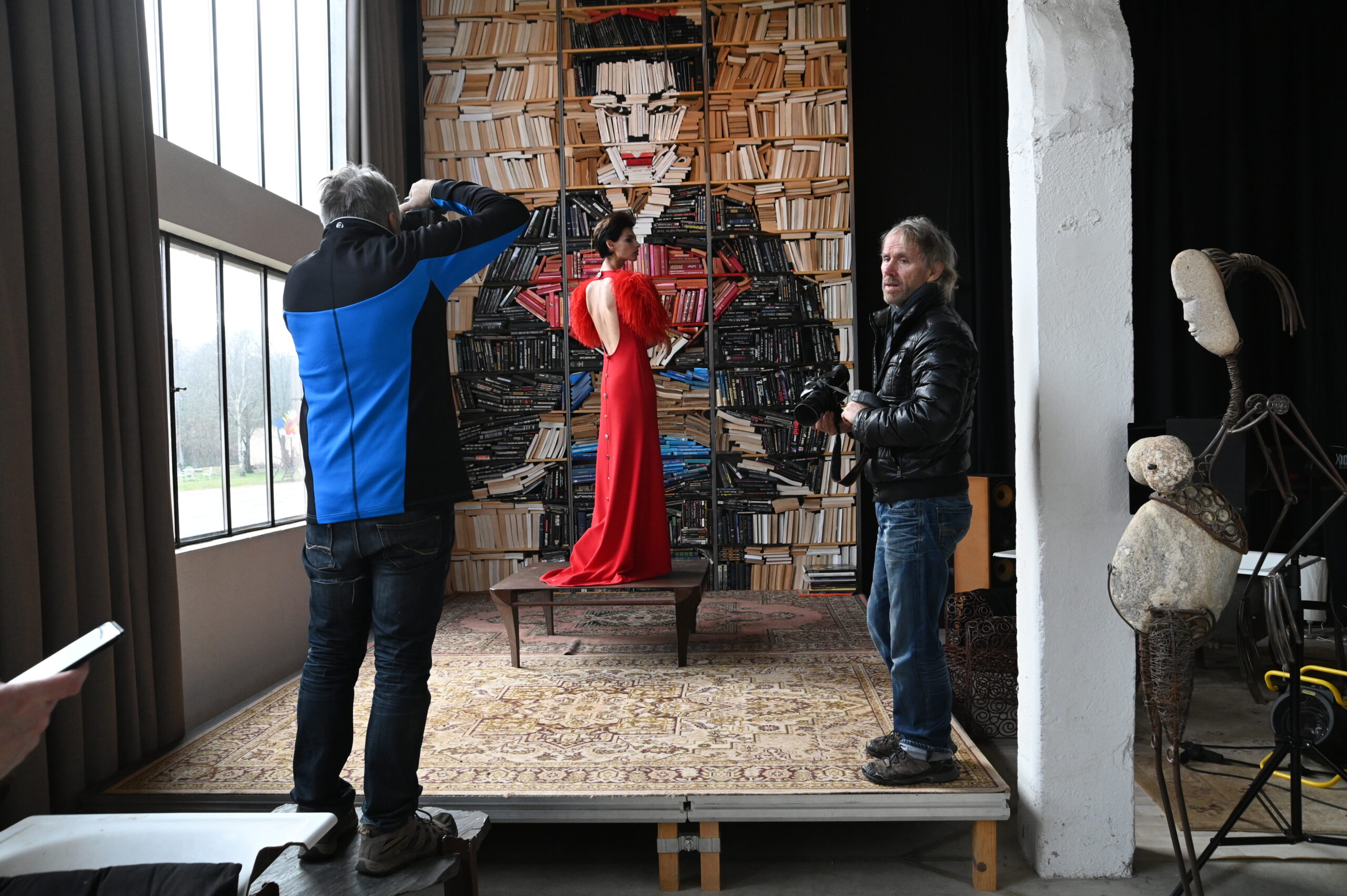Before the read
It’s the raw, defiant sound of outrage and activism, gaining traction as more people push back against political systems using punk rock as their voice.
Punk didn’t just disrupt music—it became a movement that challenged governments, injustice, and the status quo through every lyric and riff.
Its rebel roots and rage-driven anthems continue to inspire new generations to act, resist, and be heard through the power of sound.
How Punk Rock Can Teach Us All to Rage Against Our Current Political Machine
Day after day, updates from our current US administration foster my primal rage. The daily anger is exhausting, all until I pop my headphones on, crank the volume high, and soak in the transformative, feral energy of the genre that helped raise me: punk rock.
Punk rock is the sonic rendition of a mosh pit, built from genres of all kinds to mash together into sounds of loud, proud anger. Influenced by rhythmic Jamaican reggae and the anarchic booms of heavy metal, punk rock was born from the radiating fear, frustrations, and anger felt across the globe.
At its core, punk rock represents turning rage into kinetic action. By yelling extremely loud and making as much of a fuss as possible, while staying true to the core of what makes you unique, punk rock proved that even people outside the margins can bring attention to the causes that truly matter to them.
Rock and roll had its own fair share of genre iterations prior to punk, with genres like garage rock and psychedelic rock ruling the airwaves as war ruled the forefront of everyone’s minds. The Vietnam War led to economic collapse in the US, the UK, and even as far-reaching as Yugoslavia, planting the seeds for punk rock after global backlash. Hungry and tired of their regimes’ restrictive chains, many pockets of the planet decided to bring an energetic, angry passion to the music permeating their cultures.
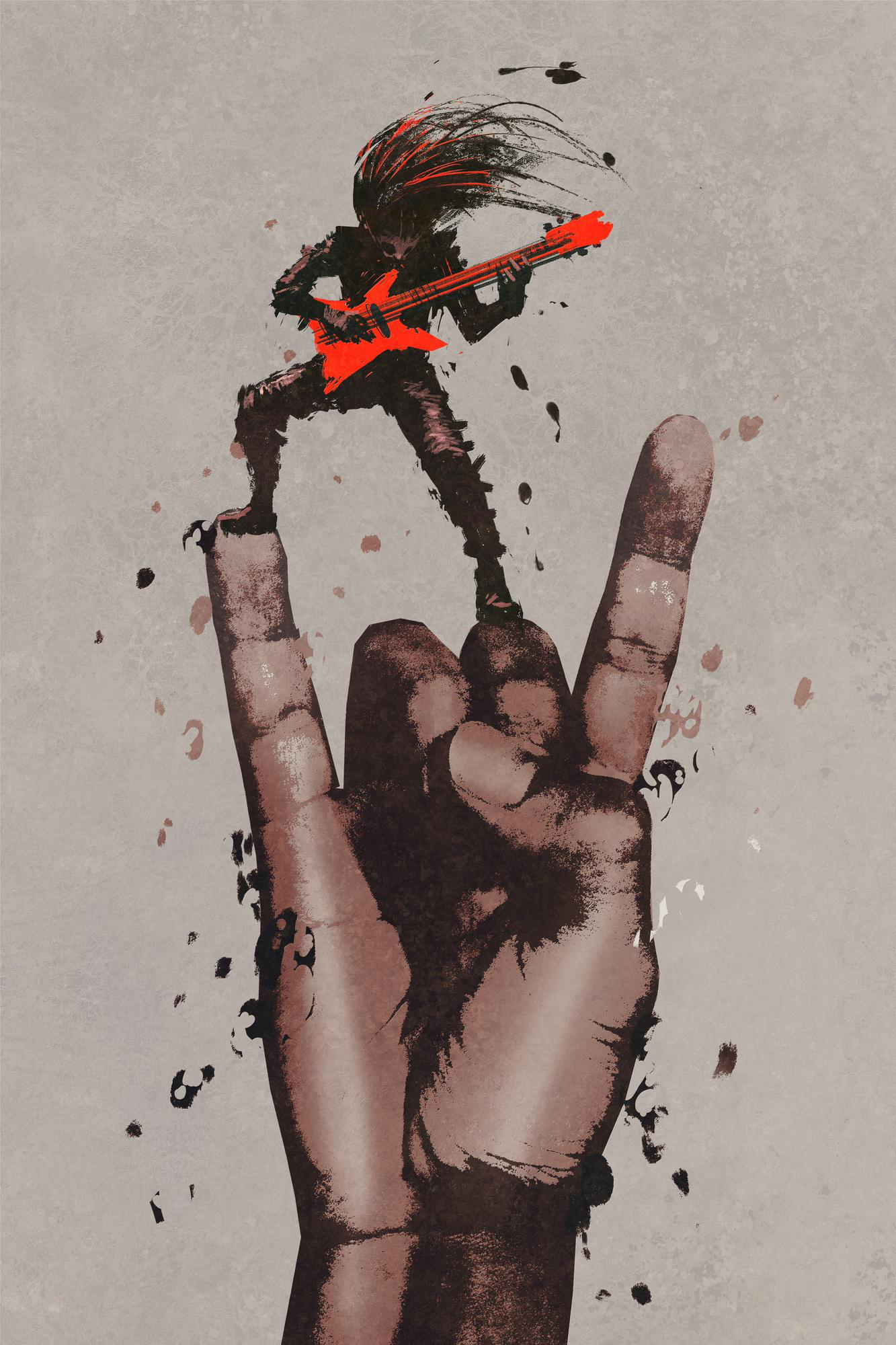

Bubbling Under New York City Streets
Sprouting as if from thin air, punk rock immediately splattered our world with blood-fueled, rapid-fire music. However, if you trace punk rock back through history, you can see evidence of the genre’s influence in New York’s thriving art and music scene of the 1960s and ‘70s. Andy Warhol’s brilliant world created art partnerships that produced bands like The Velvet Underground, who took rock music of that time from bubbly and formulaic to downright experimental.
The obvious early influences of the punk rock sound start with Velvet Underground co-founder John Cale producing Patti Smith’s debut album, Horses. Hitting the airwaves in 1975, Horses was like nothing anyone had heard in rock before. Immediately praised for its experimental energy, poetic lyrics, and sonic imagery, rock and roll took note of the brash, honest emotion evoked from Smith’s debut. Soon after, punk rock emerged as a distinct genre, tailoring its sound and style to New York City’s cacophonous, fast-paced art scene.
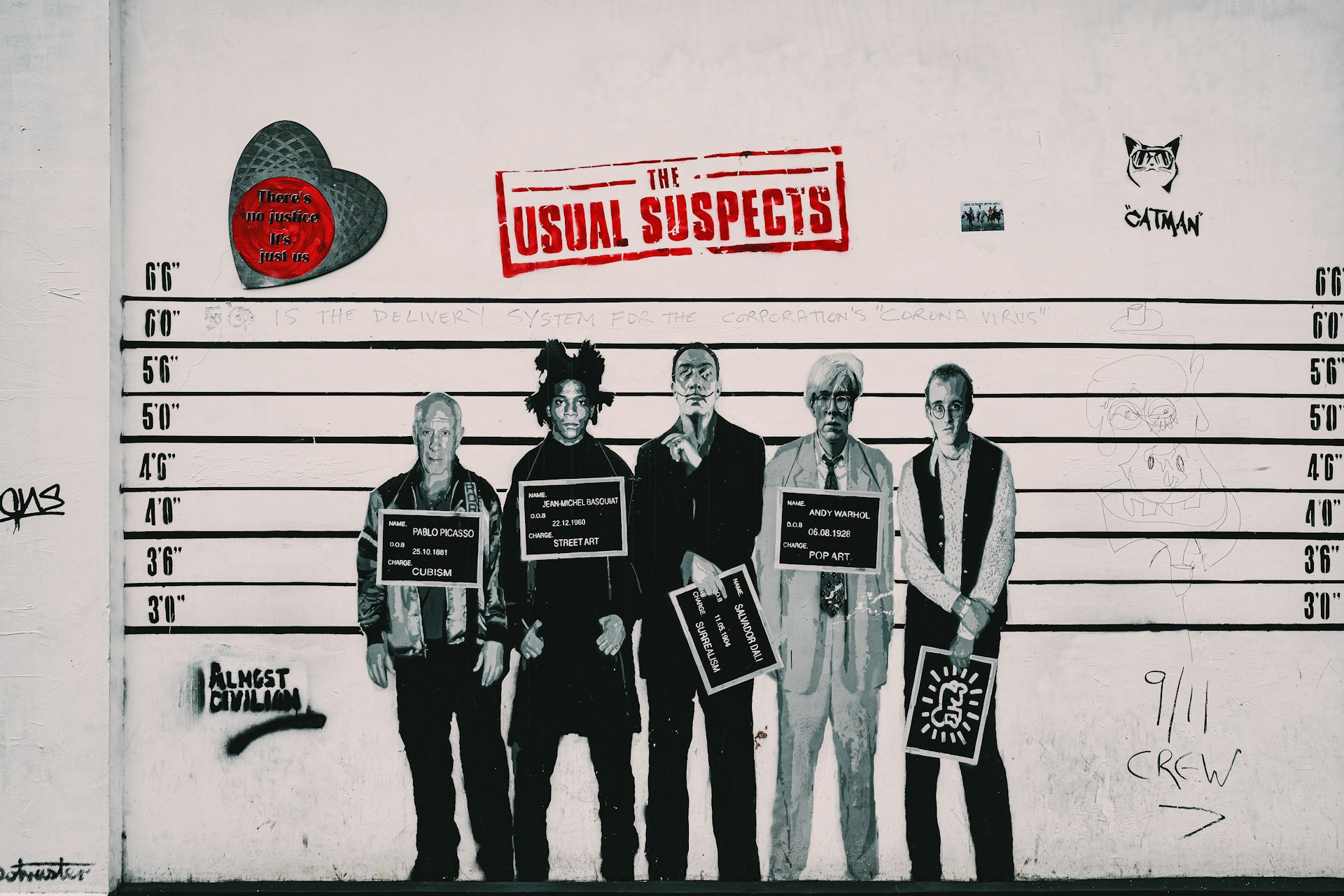
1976 ushered in the stamped seal of punk rock visibility with the Ramones’ self-titled album. Shrouded in brash instruments, reggae influences, and quick lyrics vividly describing the world’s small horrors, the Ramones solidified the punk rock sound in the lull of their short melodies. It didn’t take long for the rest of the world to catch up to the punk rock scene. Droves of hunger and displacement were a staple of the war-riddled times, fueling angry swirls of desperation amongst the oppressed. Punk walked in kinship with the ire of a downcast population, who soon started to rebel against their governments and demand the change they needed.
Punk Rock Clashing with the Queen
In the same decade, right across the pond, bands like the Sex Pistols and The Clash began raising hell in the UK, immediately combating their prim & proper authorities with their attitudes, crass styles, and comfort swearing on live TV. Singles like “Anarchy in the UK” didn’t help build friendship with those authorities, either. A government looking to keep its hungry and unemployed population calm during an economic crisis couldn’t quite appreciate the Sex Pistols’ screamed lyrics, “Anarchy for the UK, it’s coming sometime…” The influence of Vivienne Westwood and Malcolm McLaren’s SEX shop—a popular boutique on London’s King’s Road—informed the punk styles of leather, ripped up fabrics, and Doc Martens.
Punk rock’s UK scene enveloped the nation, further pushing the experimentally loud guitar tunes to the forefront of music. More than just creating a new loud sound, the UK punk scene became immersed in political fights around the globe. From opposing the Falklands War to protesting Margaret Thatcher’s British Conservative Party, punk became a path to vocal power, creating an opportunity for bands to share their political anger and disdain. Even though punk rock’s intentions are rooted in originality, individuality, and freedom, different individuals digested the punk movement in diverse ways.
Ironic adoptions of swastika signs by punk rockers looking to cast their middle fingers up at old fascist regimes inadvertently led to punk rock’s adoption by fascist movements. Initially meant to be a rebellious shock to traditional government systems rather than a sign of pro-Nazism, the swastika fed into the growth of punk rock’s far-right subcultures. At the same time, bands like The Clash and Sham 69 performed Rock Against Racism concerts to promote the sociopolitical movement they felt most important for their time.
Some argue that punk rock, as a genre, reflects our once war-ridden times more than it challenges the status quo, primarily due to its divergent factions in political beliefs. And yet, a rebellious nature remains at the crux of the punk movement, and punk rock and politics are now forever intertwined. Our justified anger toward restrictive and unhelpful governments found a channel in punk rock, an avenue to speak out against injustice.
U2, haunted by Ireland’s 1972 Bloody Sunday shooting, used off-kilter instrumentation to create “Sunday Bloody Sunday” in 1983, skyrocketing the single to fame. Across the globe, the 1980s brought new, politically charged punk rock sounds to the forefront, prioritizing people’s pain while continuing to ride the airwaves with electric guitar and unhinged melody.
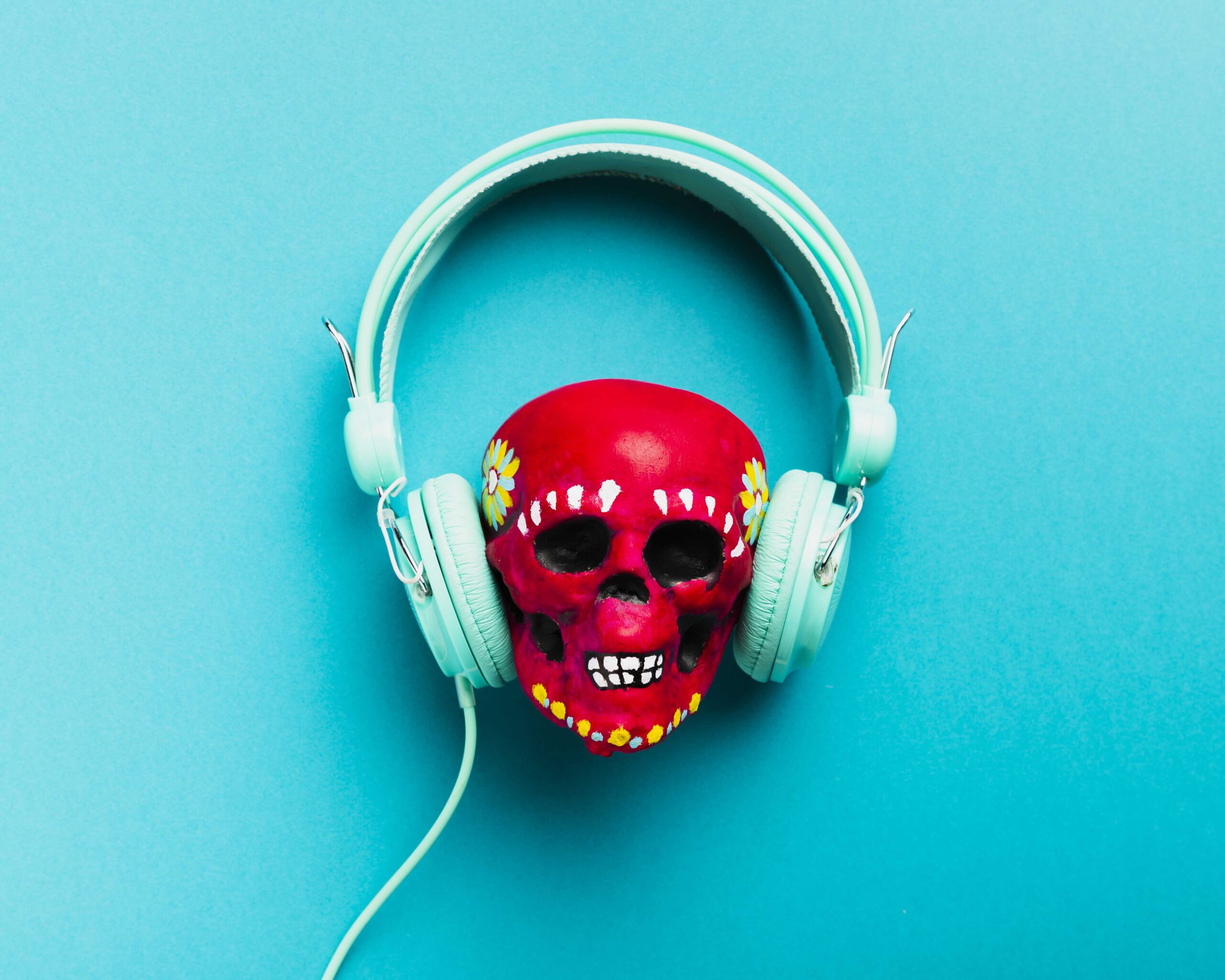
Punk Is for Everybody
No one could have guessed the meteoric rise of punk rock’s influence on the ‘90s music scene. Now, the world has the eternal sounds of Nirvana, Blink-182, and Green Day, who escalated pop punk to radio stations everywhere. Kurt Cobain’s angst radiated through Nevermind, and Billie Joe Armstrong built his sound off the erratic, ironic cries woven into American Idiot. Taking the world by storm, pop punk ushered in a new era that further proved how much punk rock is for everyone.
Through its many iterations, punk rock influenced the anarchic sounds and socially charged lyrics of hip-hop and rap, which emerged alongside punk rock in 1970s New York. The same graffiti artists who made their mark in the art world of the 1970s also blended into both punk rock and hip-hop. Through artists like Fab 5 Freddy, hip-hop and punk rock began to coexist in New York as artists of both genres dominated the music scene while recognizing one another’s unique talents.
In a similar manner to the punk movement, hip-hop exploded into a whole new genre, a brand-new lane of expression for the angst and anger felt by the Black community still facing the reckoning of racism, the Civil Rights Movement, and the 1992 Rodney King riots that brought police violence to the forefront. Punk even found a way to transcend into the familiar rhythm and bass of hip-hop, creating the likes of rappers like Playboi Carti and Denzel Curry, who pull directly from the raging angst heard throughout punk rock.
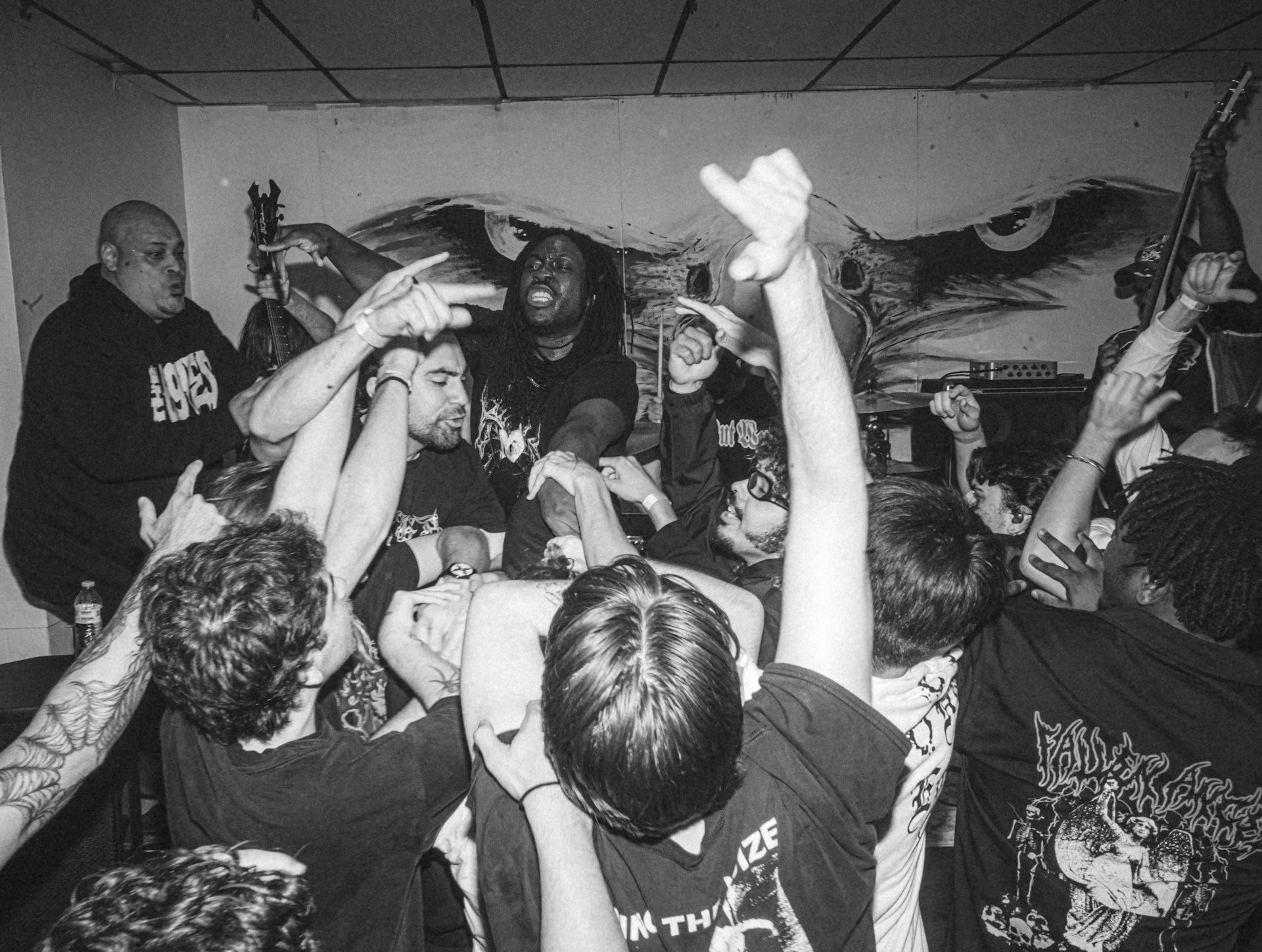
Why We Need to Rage Against the Machine
Punk rock has evolved in many ways, but its core remains unchanged: punk is still for everyone. Even when it doesn’t seem like it, punk rock has found ways to inspire people of every color and creed across the globe. Those blaring guitar riffs and beating drums are only part of punk rock’s story.
Punk teaches us how to harness all our anger, how to nurture it into a flower filled with the blood, sweat, and tears of the underclass who deserve recognition. Wherever your corner of the Earth is, hope still exists, even when fueled by anger. Green Day’s recent outcries on tour about the cruel absurdities of the current US government showcase just how much punk rock prepares us to rage against our machine.
I can feel the warmth grow in my belly when the aggressive instruments begin to echo in my ears, immediately forcing my fingers to tap along with whatever erratic punk rock melody plays in my headphones on any given day. Whether as classic as The Velvet Underground & Nico or as unique as the jazz-infused punk rock of King Krule, my favorite artists inspire the punk in me, bubbling my anger and angst into kinetic energy.
Walking down the street as a lower-class Jamaican woman surrounded by police and thieves, punk rock leads me to rage-fueled productivity. That primal rage so innate in punk rock might allow the unity we need most to fight against our oppressive political powers. As soon as Smith’s first discordant notes on Horses hit, the grief and fear I feel for the future somehow disappear, and I become something so much bigger than myself.
Through punk rock, I became part of a collective, one droningly loud rock sound that never ends. All that roaring noise—purely rasping voices over instruments—can be just noise, or it may signify the commotion we need to fight for the better world we all truly deserve. If we take punk rock great Patti Smith’s advice, our world is brimming with endless possibilities.
More by this author
The Wrap
- Political punk emerged as a response to global oppression, war, and economic collapse, channeling personal rage into collective protest.
- The genre evolved through pivotal artists like Patti Smith, the Ramones, and The Clash, blending music with social and political commentary.
- Punk rock scenes in New York and London shaped rebellious fashion, DIY culture, and a new attitude toward authority and individualism.
- Though misunderstood at times, punk rock’s rejection of norms helped influence other activist movements, including anti-racism and anti-war initiatives.
- Punk’s influence extends beyond music, shaping hip-hop, street art, and the cultural resistance of marginalized communities worldwide.
- From Rage Against the Machine to today’s punk-inspired rappers, the genre continues to question power and demand justice.
- Political punk proves that music isn’t just entertainment—it’s a tool for revolution, raw emotion, and radical change.
